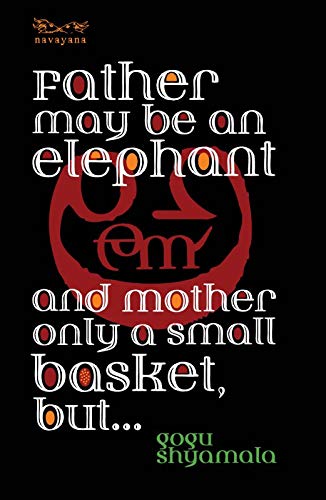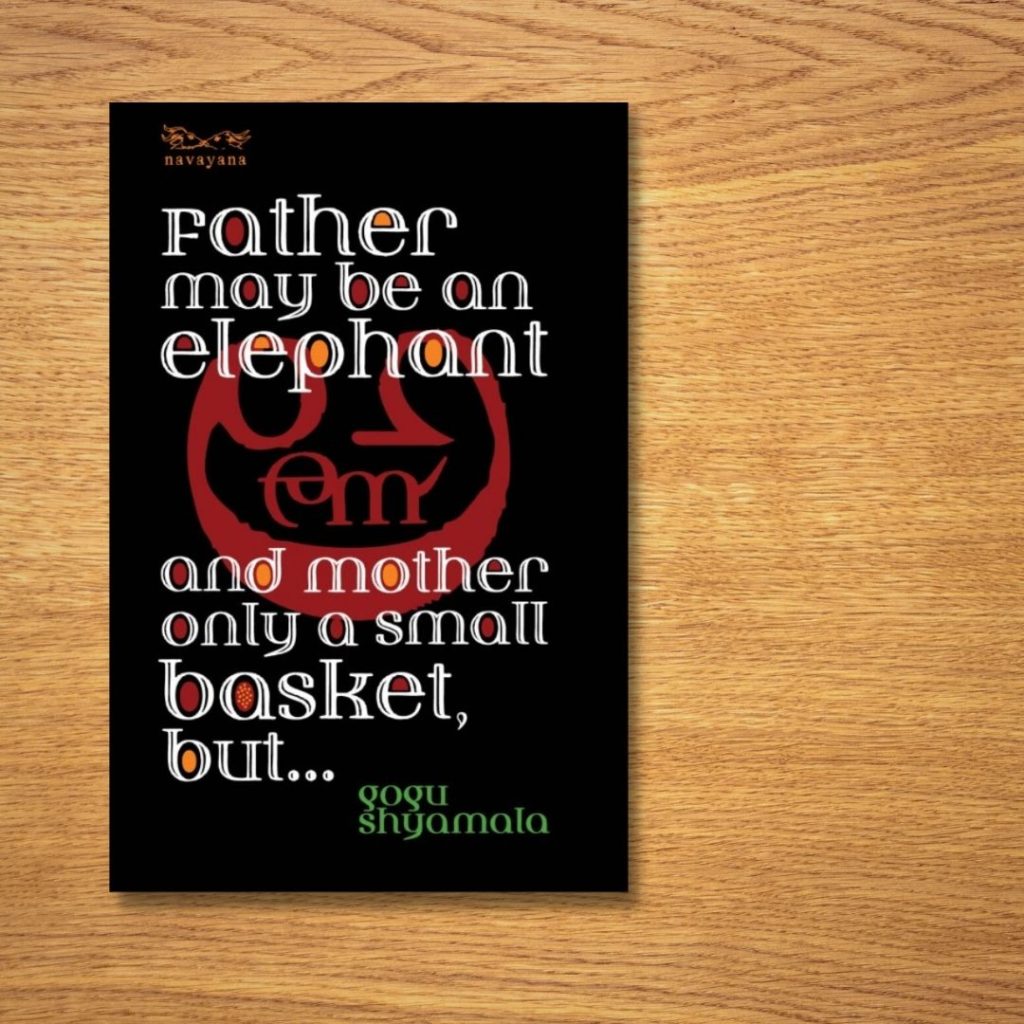
Publishers : Navayana.
Gogu Shayamala, poet and short story writer, is a senior fellow at the Anveshi Research Centre for Women, Hyderabad. She has edited Nallappoddu: Dalitha Sthreela Sahithyam 1921–2002 (Black Dawn: Dalit Women’s Writings, 1921–2002).
Lines that cut to the very gut. Gogu Shyamala’s stories dissolve the borders of realism, allegory and political fable. Whether she is describing the setting sun, or the way people are gathered at a village council like ‘thickly strewn grain on the threshing floor’, or a young woman astride her favorite buffalo, Shyamala walks us through a world that is at once particular and universal.
This book had been on my TBR (To-Be-Read list, for the uninitiated) for more than a year – the title alone had been intriguing enough to pique my interest. I had not gotten around to reading it – probably because I am an impatient creature, and I need long, sweeping narratives to completely hold my attention. But when I finally picked this one up, I was engrossed. The stories are all in similar settings, the writing deeply evocative. August also happens to be “Women In Translation” month in the reading world. So, of course, I am going to take this opportunity to beseech you, dear reader, to pick up this quietly dazzling collection of short stories, translated from Telegu, a celebration of the resilience of Dalit lives surrounded by unimaginable hardships.
In this collection, Gogu Shyamala conjures a picture of rural life as experienced by the mala and madiga communities in rural Telangana. The stories are unassuming, and the language charmingly simple, though some of the effect of the original Tandur variant of Telegu that Shyamala writes in is lost in translation, as acknowledged in a note in the book. The translation is still a success, especially in keeping many original Telegu terms intact, which reflects some of the defiant pride with which the author chose to write in the Tandur variant. Notes at the end of the book explain these terms for the readers unfamiliar with the language and the customs of the region.
The stories, deceptively simple, are subversive at many levels. The lives of their subjects are beset with violence, and violence and tragedy simmer ominously throughout these tales, but only in the background. It never prevails over the characters’ spirits within the length of the short narratives. The threat remains. The stories constantly question readers’ expectations of violence and defeat from tales of Dalit lives. With every story, the privileged reader is at the edge of their seat, ready for the outrage they would feel at the inevitably horrific conclusion, but it never comes – the characters, most often Dalit women and children, rescue themselves. They resist and they persevere. The stories doggedly focus on the triumphs amidst a world of trauma. In doing so, they question the outrage that comes only after a gruesome incidence of caste-based violence makes it to the headlines, outrage that is silent about the rotten core of our casteist society that enables such violence.
The book is a celebration of the traditions, stories, and customs of communities that have been othered and exploited for ages. It is a testimony to the sustaining power of folklore and music, of organic connections with nature, and of hope for a better future, in the lives of those enmeshed in perpetual struggle with poverty and exploitation. In the stories of the people who till the land and care for the cattle – Ellamma’s favourite buffalo, and even the village tank find a voice. The vividly painted scenes of village life leap out of the pages and through the sharp, humourous writing, ‘slice of life’ is liberated from the male middle class gaze as Ellamma, Syamamma, Badeyya, Adivaiah become universal symbols of courage, hope, and dignity.

